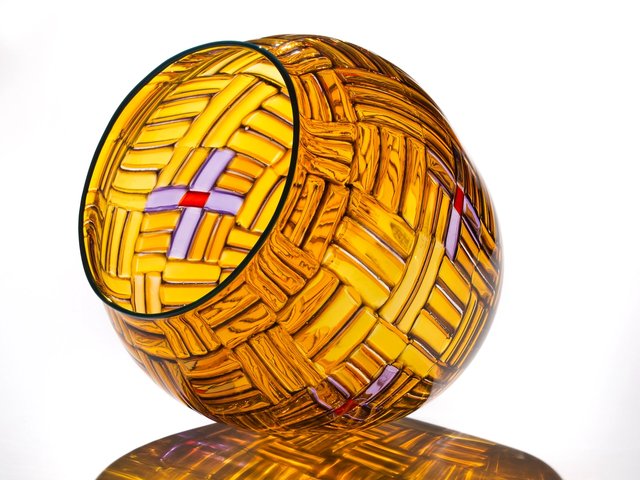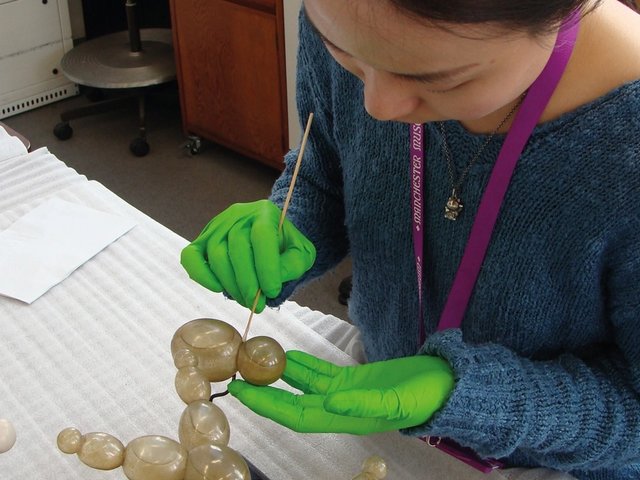For more than 70 years, the Dresden-based father and son glassblowers Leopold (1822-95) and Rudolf Blaschka (1857-1939) churned out thousands of intricate models of botanical and marine specimens for international universities and museums. In the 1880s, Cornell University in upstate New York was quick to snap up a collection of 577 marine invertebrates. Today, much of this is in storage because of its fragile condition. But thanks to conservators at the Corning Museum of Glass in New York, around 70 models are due to go on display this month in a show that explores the intersection between art and science.
A whole new frontier Oceans were the new frontier of research in the 19th century, says Marvin Bolt, the Corning’s curator of science and technology, who is organising the show with Alexandra Ruggiero, a curatorial assistant. The Blaschka models were inspired by illustrations of radiolarians (marine protozoa) by the German biologist and ardent evolutionist Ernst Haeckel (1834-1919), Bolt says. “The Blaschkas made them for scientific purposes and as aesthetic objects in themselves.”
Glass was an ideal medium because it enabled the specimens’ internal structures to be seen, Ruggiero says.
Around two-thirds of the 70 models selected for treatment required just a light cleaning, says Stephen Koob, the Corning’s chief conservator. Others were affected by structural instability and earlier interventions. To fill areas of loss, the museum developed a technique in which acrylic resin casts are made away from the object.
“Our approach followed basic rules of reversibility, minimal intervention and using safe materials,” Koob says. The team also learned more about the original manufacturing process, the conservator Astrid van Giffen says, noting that some elements, such as a starfish’s tiny feelers, were glued instead of being hot-fused on to the model’s glass body.
• Fragile Legacy: the Marine Invertebrate Glass Models of Leopold and Rudolf Blaschka, Corning Museum of Glass, New York, 14 May-8 January 2017



